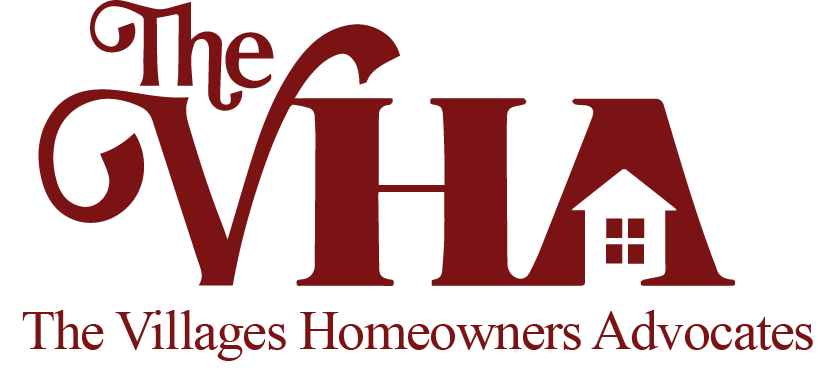A commonly used method for funding municipal equipment is “municipal leasing.” It is a little different than the leasing concept you might use personally when leasing a car or truck, for example. As part of their budget planning for the Villages Public Safety Department Dependent District (VPSDD), the district is planning on using municipal leasing to purchase some of the more expensive equipment they need to continue to provide us the outstanding, world-class service we are accustomed to.
The IRS governs who can use this type of financing and has restrictions that are different than what you or I can obtain. For municipal leases, the intent is to own and take title to the equipment. There is no significant residual amount or ballon payment at the end of the lease. It is really a “lease-to-own” type of contract. There is usually a $1 buyout at the end of the lease term.
Many governmental agencies and municipalities use municipal leasing to fund their purchasing of more expensive assets that have a long life. Examples of the types of assets leased would be fire trucks, garbage trucks, snowplows, computers and software, telephone systems, etc.
Using municipal leasing to finance these costly equipment purchases allows the government agency to spread the cost of using the equipment over a more appropriate level of time so that more users who benefit from the equipment can contribute to the cost of operating and using the equipment. Using this approach to purchase equipment, the VPSDD will pay for the cost of a piece of equipment that may be in use for the next 10 to 20 years over an extended period instead of paying the entire cost in one year. While there is some additional cost for interest, government agencies pay a much lower interest rate than you or I do because of their tax-exempt status.
This approach helps provide a more stable operating budget for the organization. For example, for the VPSDD, instead of requiring a significant expense in one year to perhaps purchase a $1.7 million ladder truck, they can lease this equipment over a 10-year period and spread the cost evenly over that time. They own the ladder truck and might pay $1 at the very end of the lease. All taxpayers would then contribute over the 10-year period for the cost of owning and operating the ladder truck instead of charging taxpayers the entire $1.7 million in the first year and not requiring any contribution from any new taxpayers after the first year of leasing towards that equipment.
This is a great approach to help provide taxpayers with a more predictive annual tax bill. Hats off to Kenny Blocker and the finance team for looking for innovative ways to provide a fair and equitable approach to meeting the funding the needs of the VPSDD
Dave Fountaine
Executive Vice President
